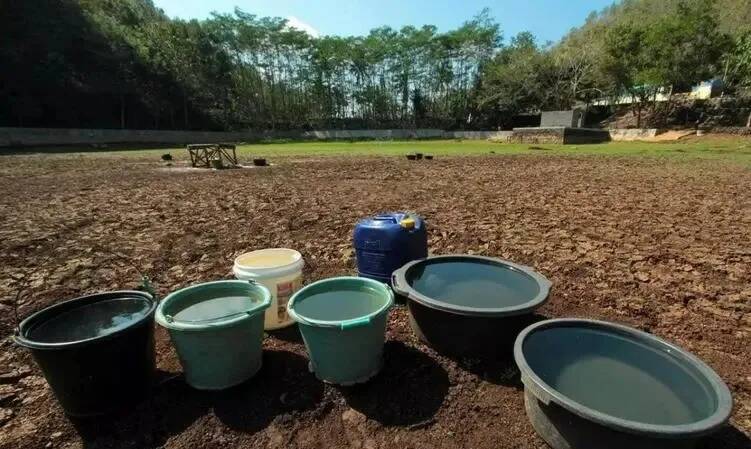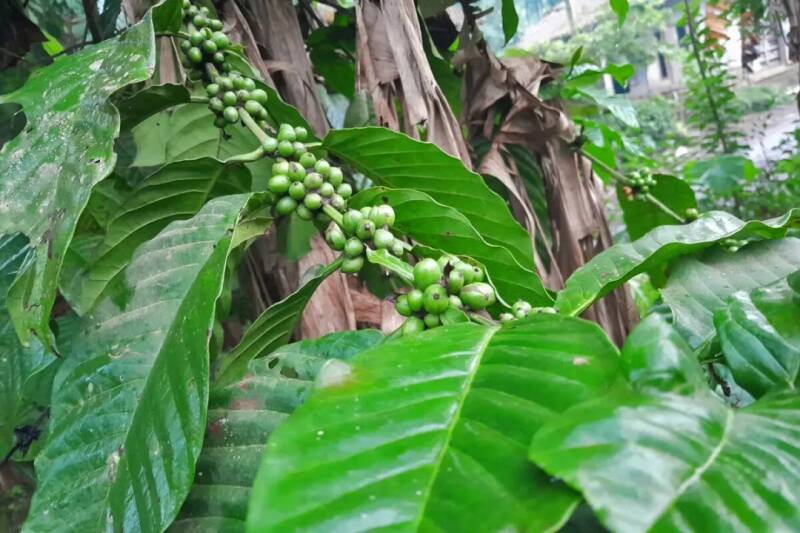Production will increase by 12.3%! Indonesian coffee industry expected to recover
Recently, Indonesia issued a coffee report. According to the report, Indonesia will be affected by the El Niño phenomenon during 2023, resulting in a drought that will produce only 9.7 million bags of coffee by the end of 2023/24. In early 2024, it also suffered a series of natural disasters such as floods, landslides, and volcanic eruptions. The industry is not optimistic about its output this year. However, entering the production season, the harvest data has increased compared with the expected ideal output.

However, the weather conditions will improve in the future, so Indonesia's coffee production in 2024/25 is expected to be 10.9 million bags (60 kg/bag). This is a 12.3% increase from the 2023/24 coffee production of 9.7 million bags. Among them, Arabica produced 1.4 million bags, while Robusta produced 9.5 million bags.
It is understood that severe weather mainly affects the Robusta production area, which is grown in lower areas, but recovery is currently being carried out in some production areas, and Arabica production grown in higher altitude areas is expected to increase.

Due to the drought caused by El Niño in 2023, the first half of the harvest period in the coffee producing area of southern Sumatra was originally held from March to April, but now needs to be postponed to May and June, so exports may increase between September and October.
In addition, the report pointed out that the current coffee planting area in Indonesia is 1.2 million hectares, and there have been no major replanting plans in recent times.
Currently, Indonesia's largest coffee producing area is Sumatra, accounting for 60% of the country's total coffee crop area. But most coffee crops are managed by small farmers.
In Indonesia, Robusta coffee production varies from region to region, but currently due to climate anomalies, less than one metric ton per hectare is now produced, while Arabica production is slightly higher. Although the weather in Indonesia is beginning to improve, it will still be hit by heavy rains. During the coffee cherry growing season, excessive rainfall and strong winds will have a greater impact on production.
Due to the current rebound in production and the increase in export volume, it is expected that the export of green coffee beans will increase from 4.3 million bags to 6 million bags in 2024/25. The largest importer currently is the United States, followed by Egypt, Malaysia, India, Japan and other countries.
Although it seems that Indonesia's coffee industry has begun to recover, there are still many problems, such as weather changes and rising fertilizer prices.
Although the impact of El Niño on Indonesia has begun to weaken, it is necessary to guard against the upcoming La Niña phenomenon. La Niña phenomenon will cause Indonesia's rainfall to be offset and easily cause natural disasters such as floods and landslides.
The other is the issue of fertilizers. Currently, due to geopolitical issues, fertilizer prices have risen, causing some small farmers to rarely use chemical fertilizers, and some farmers lack the technical knowledge to properly fertilize fertilizers. Some people in the industry believe that this is caused by the government's inaction. He also called on the government to improve agricultural technology as soon as possible and increase the influence of Indonesian coffee.
Important Notice :
前街咖啡 FrontStreet Coffee has moved to new addredd:
FrontStreet Coffee Address: 315,Donghua East Road,GuangZhou
Tel:020 38364473
- Prev

It's too difficult! Ruixing's departing employees have been rejected many times when applying for second entry!
▲ Click to pay attention| Daily Boutique Coffee Culture Magazine Coffee Workshop On the road to job hunting, some people will stride forward and constantly accept new challenges; some people find a place they want, and stop and live a stable life; others have been running on the road for many years, looking back and discovering that the starting point was the best for them
- Next

Introduction of coffee varieties in Asian countries in East Timor coffee producing areas
In Asia, there are many coffee-producing countries, such as Laos, Indonesia, East Timor, China and Thailand. Among them, although East Timor has a small land area and low popularity, it also produces a lot of high-quality coffee. East Timor Timor-Leste East Timor Democratic Republic
Related
- Being chased out of the rain in front of Starbucks?! Store: Sheltering from rain under umbrellas poses a safety hazard
- The white moonlight has changed?! Lucky launches "Big Winter Pear American"
- Hand-brewed coffee three-stage method, high-sweet and universal brewing method to share! What does the high sweet water level of hand-brewed coffee mean?
- What is the difference between raw, refined and full espresso coffee? How to extract espresso and taste good?
- A complete list of coffee bean names and their meanings! What is Yejia Shefi coffee? Where is Mantelin coffee?
- What grade does Arida Manor Kaduai coffee beans belong to? What treatment is Arida ASD slow anaerobic sun exposure?
- The milk tea cup becomes smaller?! Overlord Tea Girl launches a new "Return to Yunnan" series
- Accused of selling counterfeit and high-priced coffee beans! Well-known boutique coffee brand "Oukelao" bowed and apologized!
- How to make espresso dumplings? Can I eat coffee and glutinous rice balls together?
- Save the unformed and stagnant powder cakes in one second! What is the problem with stagnant water in the powder bowl of the espresso machine?

